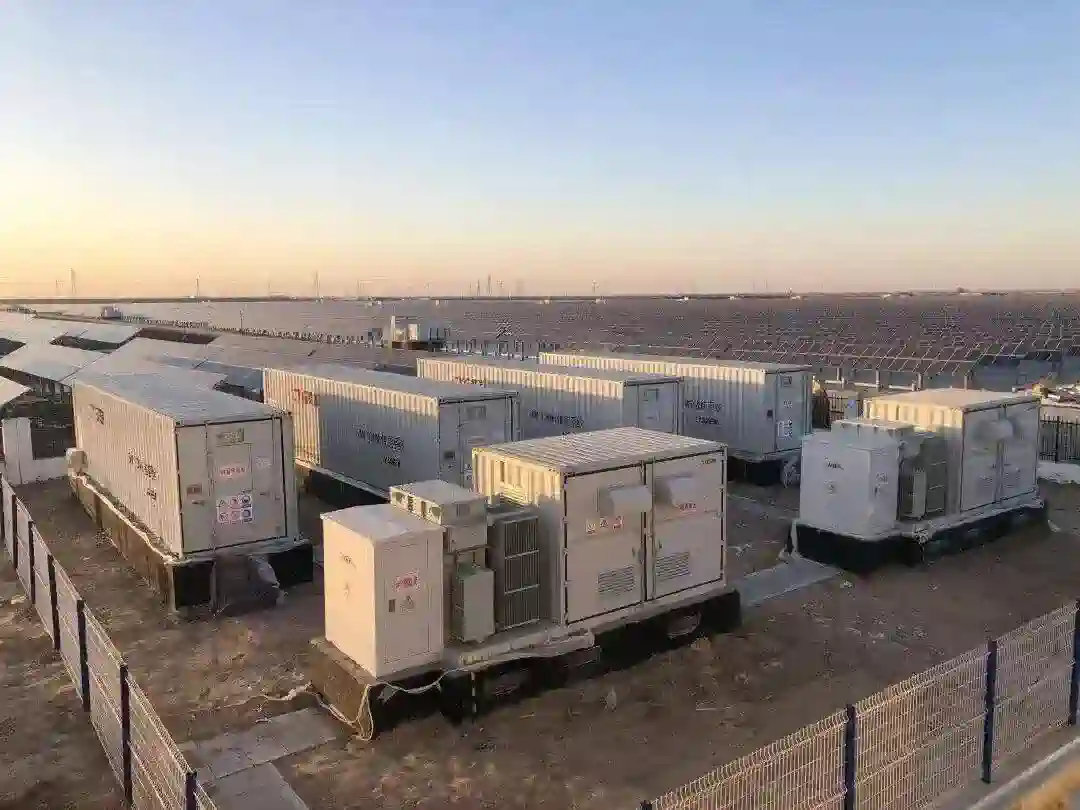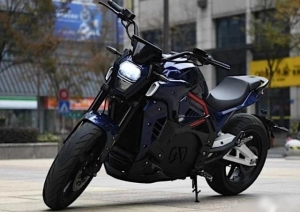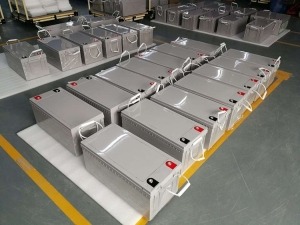2023: The Price War in Energy Storage Battery Market
Table of Contents
Cornex Shakes the Battery Market with Price Drop
"The energy storage battery market now has a price of 0.5 yuan/Wh." Recently, Cornex, an energy storage battery company, announced a price drop. This news shocked the already unstable market.Cornex said they will sell a 280Ah energy storage battery for no more than 0.5 yuan/Wh (tax not included) by the end of the year. This price is not affected by changes in the price of lithium carbonate. For some battery companies, selling at 0.5 yuan/Wh without tax means they lose money.Many Chinese battery companies expanded too fast. This made too many energy storage batteries available. The competition is now very strong. New companies like Cornex have to drop their prices to get market share.Cornex's price of 0.5 yuan/Wh is set for the end of the year. But it's one of the lowest among the big battery companies. It's 6% less than the current market price, or a drop of about 0.05 yuan/Wh.After Cornex's announcement, the market changed. Many top battery companies started selling at 0.5 yuan/Wh (or 0.565 yuan/Wh with tax included). If you buy a lot, you can get even more discounts. Clearly, Cornex's decision has shaken the whole energy storage battery market."2023 is the year when new battery capacity will be released," said a sales manager. "There are too many energy storage cells in the market right now. A price war is coming."
The Future of Energy Storage Batteries: Trends and Predictions
Lithium carbonate is a main material for batteries. It's a big part of the cost. But a 0.5 yuan/Wh battery price doesn't have matching lithium carbonate support.In April, when lithium carbonate prices fell to 160,000 yuan/ton, batteries still sold above 0.6 yuan/Wh. Now, with lithium prices above 200,000 yuan/ton, battery prices have gone below 0.6 yuan/Wh. Some companies even sell for around 0.565 yuan/Wh.Battery companies have fixed costs. For a 0.5 yuan/Wh battery price, lithium needs to be around 150,000 yuan/ton. But it's above 200,000 yuan/ton in the market. If companies don't control lithium sources and costs, they will lose money at 0.5 yuan/Wh. This loss is because of an imbalance in battery supply and demand.This year, China's energy storage grew fast. But battery production grew even faster. This caused too many batteries. "The market demand isn't catching up with production. New producers face sales pressures," a sales manager said.An obvious sign of excess is that many Chinese battery companies aren't using their full capacity. Data from GGII shows current capacity is over 200GWh. Use went from 87% in 2022 to less than 50% this year. Home battery use is even less than 30%. To sell all their batteries, companies drop prices.In April, Kostar's product director Li Zhirong said battery companies would face pressure this year. With too many batteries, there might be price cuts.Especially for new companies like Cornex. They are less known and have less technology. They face big shipping pressures and might start price cuts.Customers now want high-quality batteries. New companies that aren't tested have a disadvantage. In April, a Chinese company said bidders should use top brands.But there's not much price difference between top and smaller companies. It's about 0.05 yuan/Wh or less than 10%.New players might start price cuts to win in the market. But it might cause a chain reaction, just like Cornex's price cut. It could start a big price war in the battery market.The Rise and Challenges of the Energy Storage Battery Market
For some time, the energy storage market has absorbed the excess capacity of power batteries. Companies like Ningde Times, BYD, Guoxuan Hi-Tech, and Honeycomb Energy have ventured into energy storage batteries. They see it as a new growth avenue.These efforts in energy storage brought significant profits to battery companies. Ningde Times' energy storage business grew over 20 times in three years. By October last year, another leading energy storage battery company claimed they had more orders than they could produce.Now, there's too much production in the energy storage battery market. Competition is tighter than in power batteries.In the past two years, many players have entered the energy storage race, eyeing its huge market potential. Some firms, with no battery-making experience, have also jumped in.GGII classifies these market players into four types:- Power battery companies, like those mentioned above.
- Solar companies entering the storage battery sector, such as Trina Solar and JinkoSolar.
- New energy storage firms like Haison Energy, Baofeng Group, Cornex New Energy, and Sany Lithium. Many of these strong industrial groups transitioned from other energy sectors.
- Older players in energy storage, like Nandu Power and Penghui Energy.




















